
Rockets and moon boots have their place in space travel, but that’s not all about the subject. It’s a world of wild physics and wonders that challenge what you thought you knew about the human body and daily life. If your child has ever looked up and asked in curiosity what it’s really like out there, then this is for you.
Astronauts Grow Taller In Space

Without Earth’s gravity squishing your spine, the vertebrae stretch out, and the result is an astronaut who can be about two inches taller while in orbit. When you return home, gravity pulls you back to your normal height range again in a few days.
Space Has A Distinct Smell

When astronauts return from a spacewalk, they say their gear smells like burnt metal, welding sparks, gunpowder, or seared steak. It’s weird, right? However, they pick the smell from their gear, not from the vacuum of space itself. We can’t smell space directly.
There’s No Sound In Space

You could shout inside your helmet all day, and no one would hear. Why? Sound needs air or water to travel, and space has neither. So, rockets fire in silence, and asteroids collide with a hush. Nothing makes a peep, or at least, to you.
You Can’t Burp In Zero Gravity

Before guzzling soda in space, think about this. On Earth, burping separates gas from liquid in your stomach, but without gravity, bubbles and liquids mix. You try to burp, but it’s like opening a shaken soda bottle inside your mouth, and that mess just floats.
Your Body Fluids Shift Upward
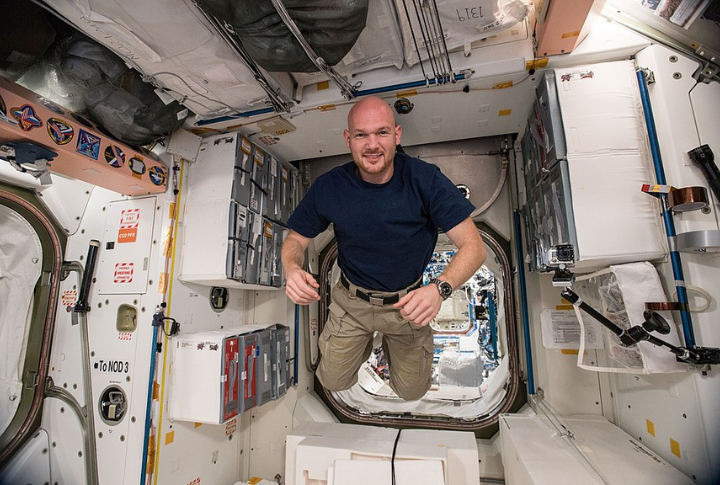
In space, gravity doesn’t pull fluids down, so your face puffs up, and your legs thin out like you’ve been doing a handstand for a week. Your nose gets stuffy, and it’s not because of a cold. Astronauts look swollen up top and skinny below.
Costs More Than A House
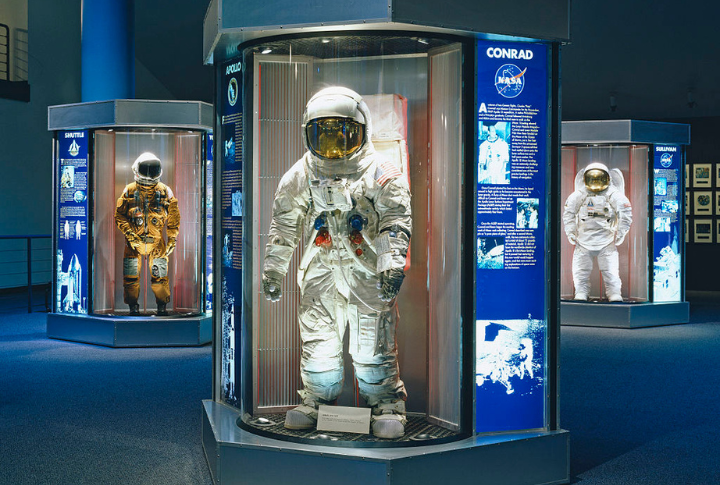
That gear you see astronauts wearing? It’s worth millions. Literally. Around $12 million per suit. Each has oxygen tanks, temperature controls, radiation protection, and micrometeoroid armor. It’s like a personal spaceship wrapped around your body and surely not something you’d find in a regular closet.
Space Travel Changes Your Heart Shape
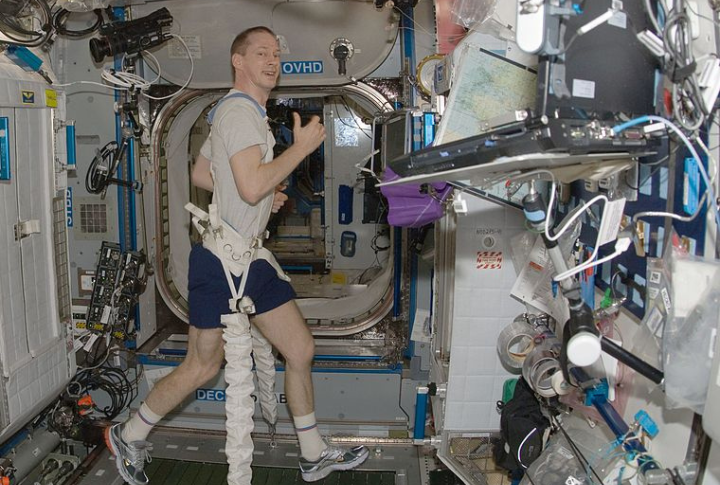
Your heart gets lazier in space. With no gravity to fight, it doesn’t work as hard and becomes rounder. Kind of balloon-like. That’s why astronauts exercise for two hours every day up there—to keep their hearts from softening into weird space blobs.
You Need Velcro For Almost Everything
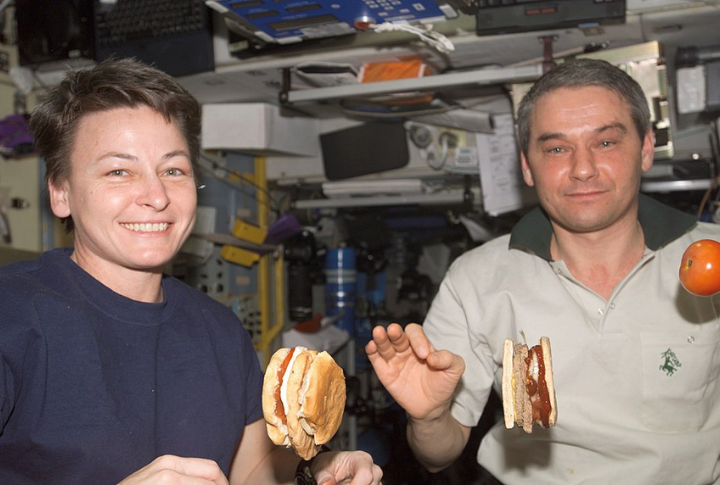
Ever chased a flying sandwich? You would do it in space without Velcro. Forks, shoes, food trays, pens—everything needs sticking down. No gravity means no staying put. Astronauts use Velcro as glue to keep stuff on walls, tables, and sometimes themselves. It’s low-tech but essential.
You Can See 16 Sunrises A Day
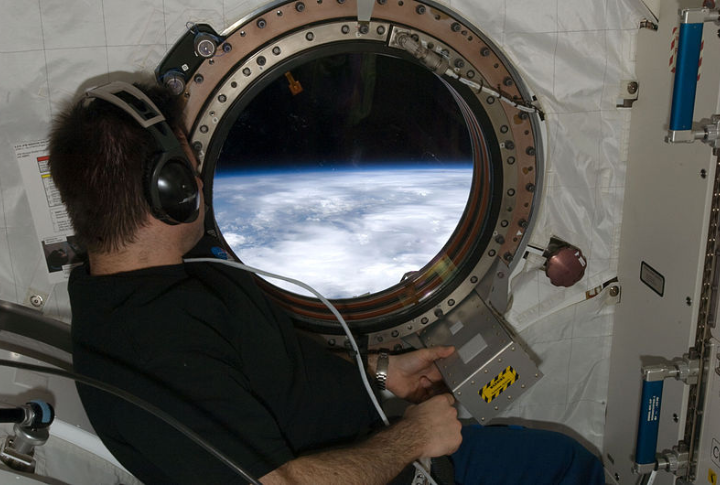
What if you see the sun rising again today after you’ve already watched it set? The International Space Station doesn’t need 24 hours to go around the Earth; 90 minutes is enough. That means 16 sunrises and sunsets in just one day.
Space Travel Can Shrink Your Brain
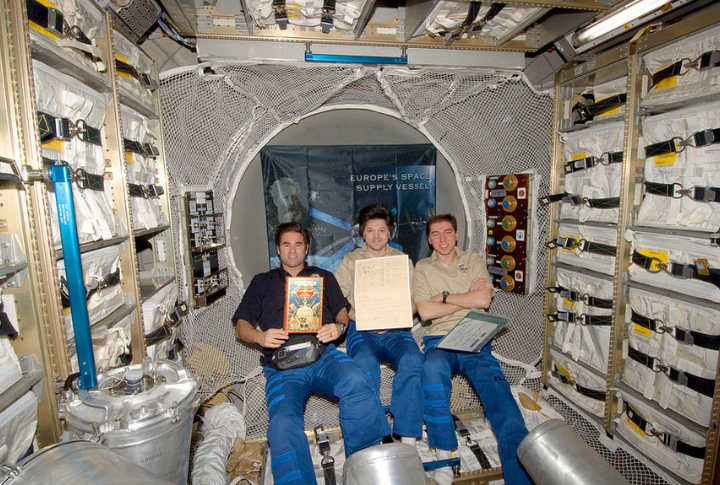
Long missions in space can slightly reduce brain volume because fluids shift and the body works less. Scientists track these changes closely, and astronauts fight back with puzzles and daily training so they return ready to think and adapt on Earth again.

